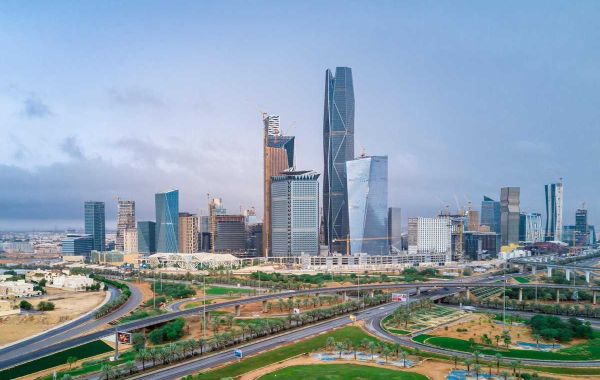In the dynamic city of Jeddah, where modern architecture meets tradition, cladding has emerged as a transformative element in shaping the visual landscape. Cladding, the application of an external layer to a building's façade, is not merely a practical consideration but a design choice that significantly influences the city's architectural aesthetics.
Cladding serves multiple purposes, combining functionality with an aesthetic appeal that resonates with Jeddah's unique character. One of its primary roles is to provide protection against environmental elements. Jeddah's coastal location exposes buildings to the corrosive effects of salt-laden air, making durable cladding materials essential for preserving the structural integrity of structures.
The city's diverse climate, characterized by high temperatures and occasional sandstorms, requires cladding materials that can withstand harsh conditions. Many cladding systems in Jeddah are designed to be weather-resistant, providing a barrier against the elements while maintaining a sleek and contemporary appearance.
Beyond its protective function, cladding plays a pivotal role in enhancing the visual appeal of buildings. Jeddah's skyline is a juxtaposition of modern skyscrapers and historic structures, and cladding provides architects with a versatile tool to create a harmonious blend of old and new. The choice of materials, colors, and textures in cladding can evoke cultural nuances and contribute to the overall narrative of the city's architectural evolution.
In contemporary Jeddah, glass and metal cladding are popular choices for their sleek and modern aesthetic. These materials not only offer a reflective surface that complements the city's bright sunlight but also contribute to energy efficiency by allowing natural light into buildings. The interplay of glass and metal in cladding creates a striking visual impact, especially in the city's commercial and residential high-rises.
Cladding also enables architects to explore innovative design concepts. The use of three-dimensional cladding elements, varying textures, and geometric patterns adds a layer of sophistication to Jeddah's architectural tapestry. This design flexibility allows buildings to stand out while maintaining a cohesive and modern urban environment.
Moreover, cladding serves as a canvas for cultural expression. In a city where tradition and modernity coexist, cladding can be customized to incorporate patterns and motifs inspired by local heritage. This fusion of contemporary design with cultural references contributes to Jeddah's identity as a city that embraces both its rich history and its forward-looking aspirations.
In conclusion, cladding in Jeddah is more than a functional necessity; it is a design statement that shapes the city's architectural identity. As Jeddah continues to evolve, the use of innovative and visually striking cladding materials and techniques will undoubtedly remain integral to the city's skyline, defining its aesthetic character for generations to come.
source: كلادينج جدة






